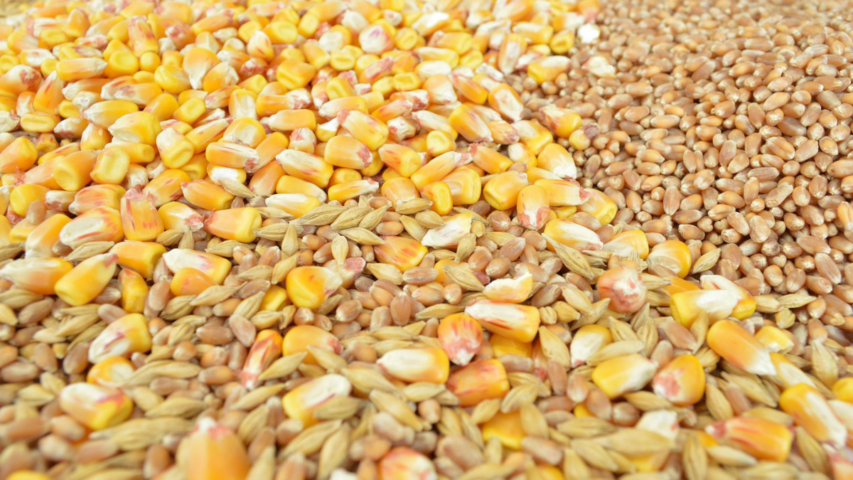
High world grain prices impact the United States
The U.S. corn and grain markets are highly integrated into global agricultural commodity markets. Since the different situations that have been occurring in Eastern Europe in recent months, grain and oilseed prices around the world have risen considerably, both in the markets and in futures contracts.
In addition, markets have been highly volatile, with sharp swings from day to day and even hour to hour, as geopolitical uncertainties have exacerbated the relatively tight global grain supply. Data from the International Grains Council show that the price of corn exported from Ukraine increased by 12% between February 1 and March 1. However, price increases are not limited to Black Sea exports, as the same period saw increases in corn from Argentina (15%), wheat from France (26%) and barley from Australia (7%), indicating the broad geographic and commodity market impact.
Domestic grain market in the U.S.
The domestic grain markets in the United States have also increased considerably since the different situations in Eastern Europe started. Daily corn bids at U.S. Gulf export terminals have risen to over $8 per bushel in March. Cash prices for corn and other feed grains have also been following suit in many domestic markets. These new global market factors are now expected to be a major factor in the market outlook for 2021/22 as markets respond to the changes taking place in Europe.
Feed generally accounts for 70% of the cost of production on U.S. farms, and grain prices have a major impact on that percentage. Given the events described above, the weight that this geographical area of Europe has in cereal production, price increases and the prospect of low cereal supply in the future, it is very important to work on improving feed costs. This can be achieved by increasing the convention efficiency of our farm. This is why it is important to work and focus on the intestinal health and welfare of our animals to obtain a product that meets the requirements of consumers.
If you would like to know more about IFTA’s products to improve feed conversion rate, contact us: marketing@iftausa.com.
McConnell, Michael, Olga Liefert, Angelica Williams, and Claire Hutchins, Feed Outlook: March 2022, FDS-22c, U.S. Department of Agriculture, Economic Research Service, March 11, 2022.
Author: Felipe Mendy (veterinarian)



